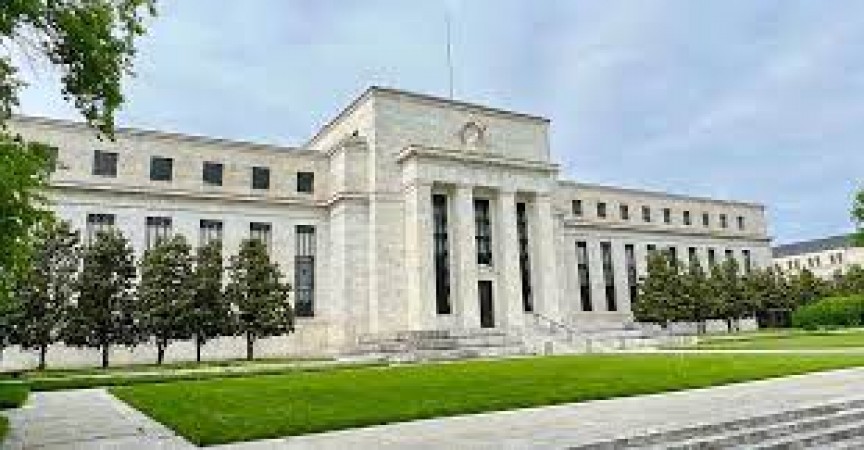
In a move aimed at enhancing regulatory oversight and risk management in the rapidly evolving cryptocurrency space, the United States Federal Reserve has unveiled new measures requiring state banks that are members of the Federal Reserve system to obtain written supervisory nonobjection prior to issuing, holding, or engaging in transactions involving dollar tokens used for payment facilitation, such as stablecoins. The central bank's announcement, outlined in a supervisory letter on Tuesday, underscores its commitment to ensuring the stability of the financial system amid the growing influence of cryptocurrencies and related technologies.
Furthermore, the Federal Reserve has revealed plans to establish a comprehensive supervisory program dedicated to overseeing banks' activities concerning cryptocurrencies, blockchain technology, and technology-driven partnerships with nonbank entities. This initiative is designed to complement the existing supervisory framework and bolster the monitoring and oversight of tech-driven financial activities that may have implications for the broader financial system.
The timing of these announcements is notable, as they come shortly after the prominent payment services provider, PayPal, disclosed its intentions to introduce its own stablecoin – a type of cryptocurrency that is typically pegged to a traditional asset, often the US dollar. Historically, endeavors by mainstream companies to launch stablecoins have encountered resistance from financial regulators and policymakers due to concerns about potential disruptions to global financial stability.
A prominent example of such regulatory pushback is the case of Meta (formerly known as Facebook) and its 2019 proposal to introduce Libra, a stablecoin designed to be integrated into the social media giant's ecosystem. Regulators raised alarms about the potential systemic risks posed by Libra, prompting substantial modifications to the project and eventually leading to its rebranding as Diem.
The Federal Reserve's newly outlined guidelines stipulate that banks seeking permission to engage with stablecoins must demonstrate robust risk management practices. This includes establishing and maintaining systems capable of identifying and monitoring potential risks, with an emphasis on cybersecurity and threats related to illicit financial activities. Upon receiving written nonobjection from the Federal Reserve, state member banks that are involved in activities connected to dollar tokens will continue to be subject to ongoing supervisory assessments and heightened scrutiny of these endeavors.
In summary, the US Federal Reserve's recent pronouncements highlight its commitment to maintaining the safety and soundness of the financial system in the face of the evolving landscape of cryptocurrency and blockchain technology. By implementing stricter oversight on stablecoins and establishing a dedicated supervisory program for crypto-related activities, the central bank aims to strike a balance between fostering innovation and safeguarding financial stability. As the cryptocurrency ecosystem continues to develop, financial institutions and policymakers worldwide are likely to closely observe the Federal Reserve's approach as a potential model for addressing similar challenges.